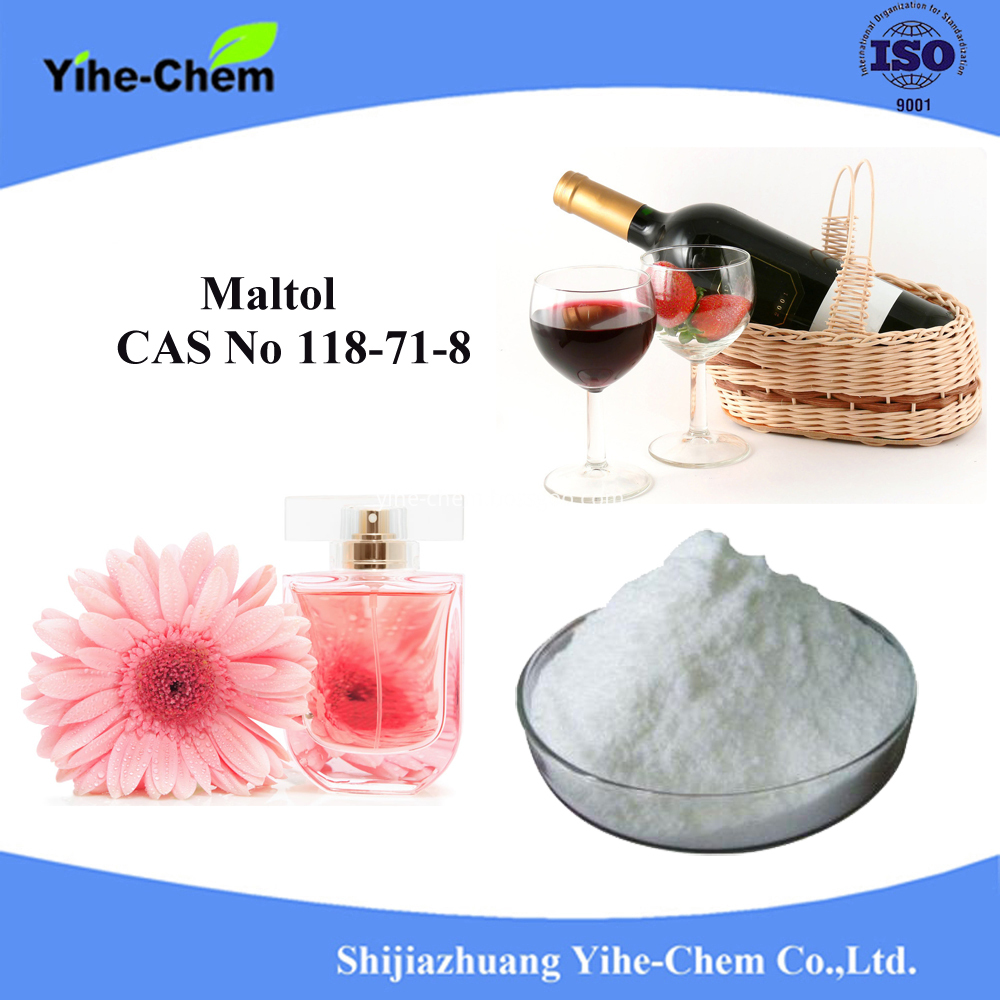According to Japanese reports, if you want to improve the performance of lithium-ion batteries installed in mobile terminals or cars, the risk of fire will increase. The reason is that conventional lithium-ion batteries use a flammable liquid as an electrolyte. For this reason, Japan is promoting the development of a solid "all solid state battery" in which an electrolyte is replaced with a ceramic material that does not burn. "It takes more than an hour for a smart phone to be fully charged, but the new battery strives to be fully charged in one second." Professor Taishoro of Tokyo Institute of Technology said such a rhetoric. Professor Yi Shan is trying to achieve an unprecedented instantaneous charging by improving the performance between the solid electrolyte and the positive electrode of the battery. Current battery charging is time consuming because this time the contact between the oxides of different solids is poor and the resistance is enhanced. Yi Shan believes that "if different kinds of solids can be connected at the atomic level, the resistance can be reduced." He is experimenting repeatedly based on this idea. Ichiro used "lithium oxide nickel manganese" which is of concern to automobile manufacturers as a positive electrode, and lithium phosphate as an electrolyte. By applying the semiconductor manufacturing technique of **, the electrolyte is formed into a thin film on the surface of the positive electrode, so that the resistance between the solid electrolyte and the positive electrode is reduced to one fifth to one tenth of the resistance between the liquid electrolyte and the positive electrode. The Tokyo Institute of Technology is being developed jointly with large semiconductor-related companies, and it is expected that a battery that can be actually used will be trial-produced after one year. The next target is the car. The university will work with large automakers to apply proven low resistance on the film to the bulk battery and strive to develop batteries that can be used for long periods of time. The Japan Science and Technology Agency (JST) is also developing an all-solid-state battery using an oxide electrolyte. Takada Hiroshi, head of the Japan Materials and Materials Research Institute, which is responsible for related projects, cautioned that "although the development of the film is good, it takes time to replace the block battery for the car." Despite this, Professor Seiji said with confidence, "If the problem on the film is solved, the block is also applicable." On the one hand, Yamada Bojun, a prospective professor at Nagasaki University who participated in the Japan Science and Technology Promotion Agency project, said that research is being carried out to increase current density and increase capacity. A ceramic material "lithium oxide lanthanum zirconium lanthanum" is used in the electrolyte, and metal lithium is used in the negative electrode. As a negative electrode material, the storage capacity of metallic lithium is optimal. However, in repeated charge and discharge, a dendritic crystal called dendrites is formed in the metallic lithium, which passes through the electrolyte to reach the positive electrode, thereby causing a short circuit. Associate Professor Yamada has developed a new technology to suppress dendrites, and published this technology at the Academic Conference on Electrochemistry at the Hachioji City in Tokyo in March. The electrolyte is formed by burning and solidifying the particles of the oxide, and the dendrites are formed by flowing in the gaps between the particles after sintering. In this regard, Professor Yamada et al. mixed and sintered oxide particles having a diameter of about 2 μm and lithium hydroxide having a low melting point, so that lithium hydroxide having a thickness of about 0.5 μm was coated on the surface of the particles to fill the gap. The results of the energization experiments show that the current density before the short circuit can be increased by a factor of three compared to the uncovered particles. Professor Yamada said, "We will strive to be put into practical use as a power source for sensors that can be charged by solar energy, wind and vibration." The commercialization of all-solid-state batteries has only just begun, but its safety and high performance make it a huge attraction. In addition to automobiles, the future is expected to be applied to sensors for Internet of Things (ioT) to remotely recycle natural resources.
Food Additives are substances added to food to preserve flavor or enhance its taste and appearance.
Food Additives
Ethyl maltol is a kind of safety and non-poisonous,less dosage with good efficacy food additives, widely used in food, beverage, flavor and fragrance, fruit wine, tobacco etc, to improve the sweet taste.Specially used in dessert to improve the sweet taste. And it can also extend the storage life of the food.
Methyl cyclopentene is a broad spectrum of food flavoring agent. With nuts like walnuts and maple trees and
fragrant incense materials, it can be used for modulation flavor with aroma synergies. It is used in coffee, cocoa, chocolate, nuts, maple syrup, caramel and other food flavors deployment. As a tobacco flavor, can improve the tobacco flavor, improve the grade of tobacco leaf and tobacco quality, and serve as modifiers and moderator. Widely used in walnuts and other nuts, syrup, sugar, rum, caramel, Scotland cream, spices, soup, wine, ice cream, cakes, candy, drinks, grilled food culture, Tang, meat and other foods. Can also be used in detergents, cosmetics and other products
Ethyl maltol
Methyl Cyclopentenolone
Sodium Diacetate
sodium dehydroacetate
Ascorbyl Palmitate
Neotame
Maltol
Food Additives
Ethyl Maltol Food Additives,Neotame Food Additives,Maltol Food Additives,Sodium Diacetate Food Additives
shijiazhuang yihe-chem co.,ltd , https://www.yihe-chem.com